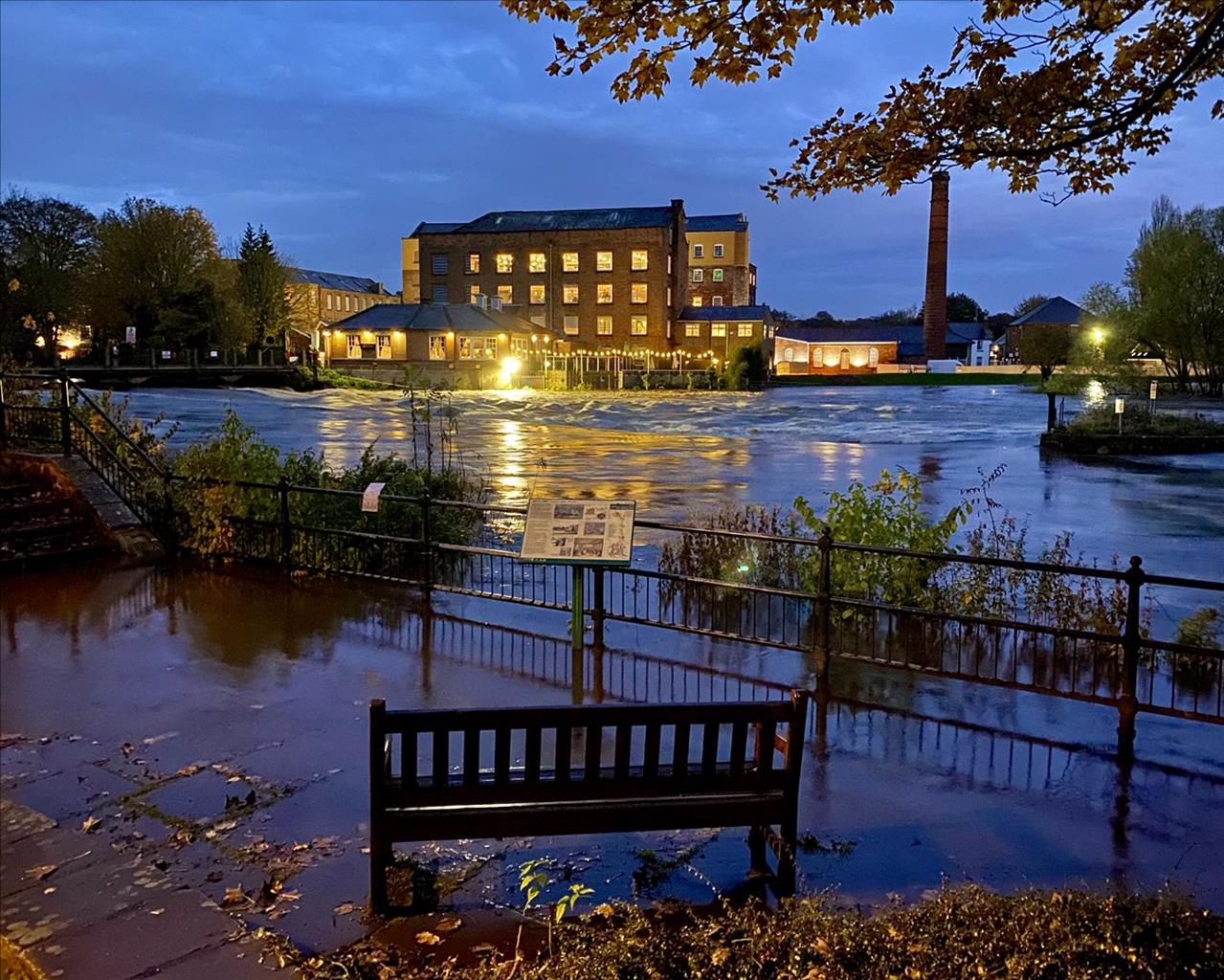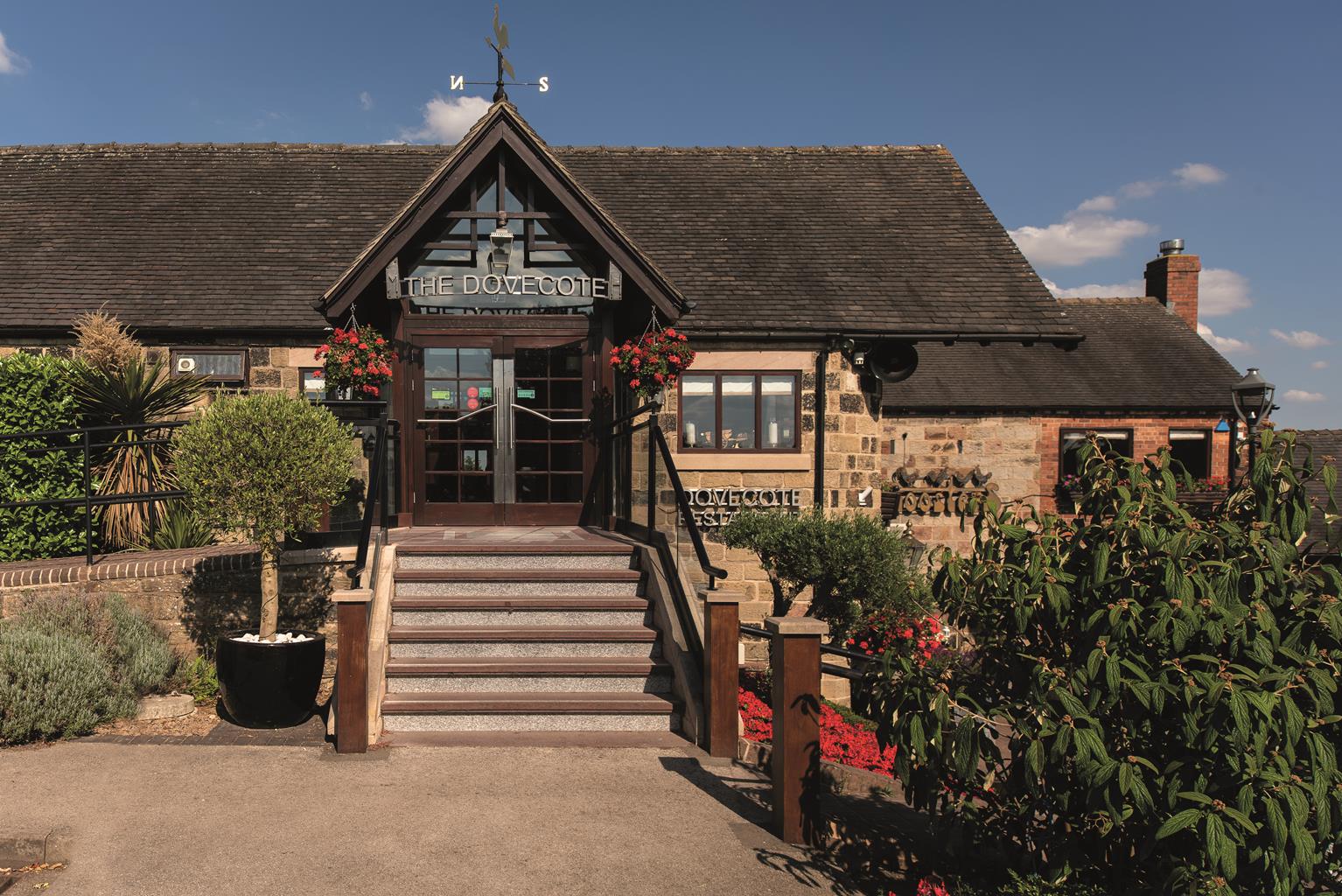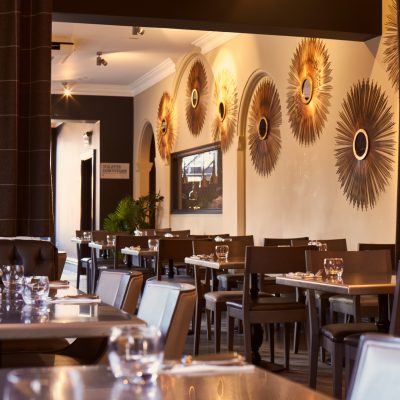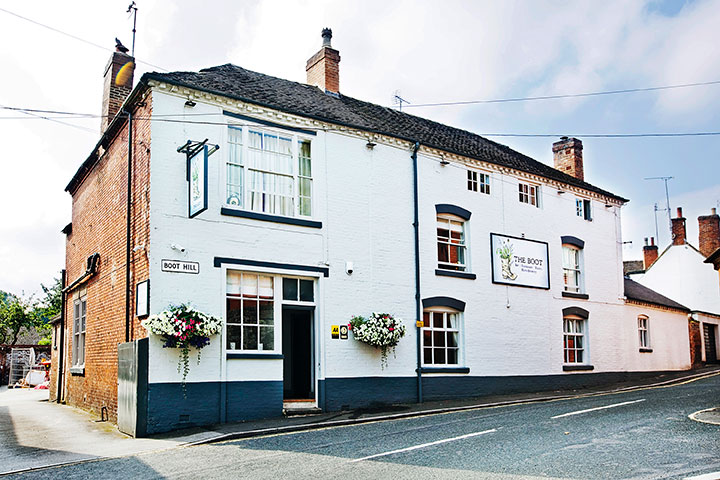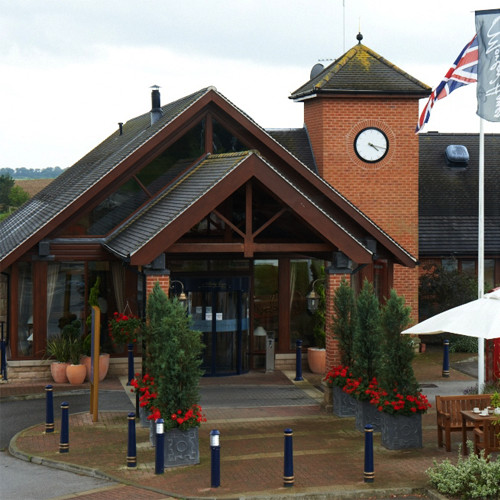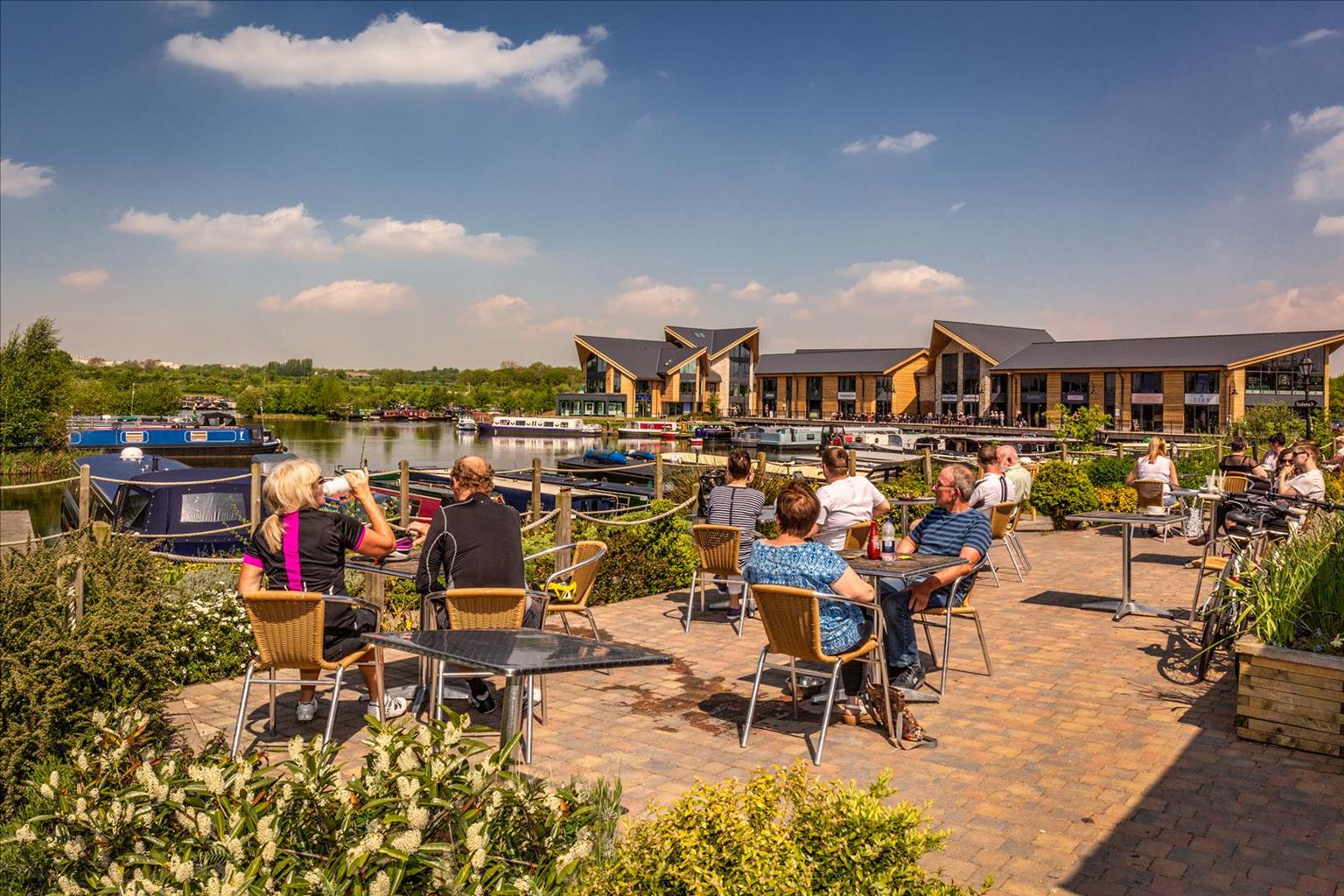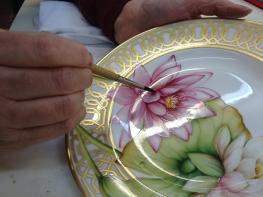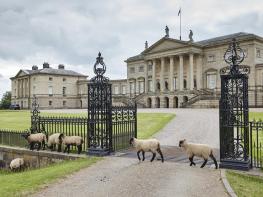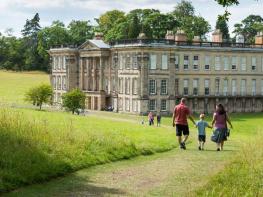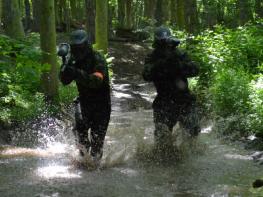Recently renovated and refurbished The Boot Inn has some luxurious accommodation, alongside…
Discovering Derby

4.5 miles (7.2kms)
About the walk
‘Derby… is a town of gentry rather than trade; with a fine town house and very handsome streets’. But the coming of the railway in 1838 changed all that. By the end of the 19th century Derby was the major railway manufacturing town of England.
Changing Face
A walk in Derby by the banks of the River Derwent gives you some insight into its continuing change. Perhaps the most startling transformation has been the modern retail and business development of Pride Park, which was the former site of locomotive and railway engineering works, but now includes Derby County football stadium and £27 million Velodrome. As you approach the city centre, the riverside route goes under Five Arches railway bridge, built by Robert and George Stephenson, and past a small park on the former site of Holmes Copper Rolling and Slitting Mills. Beyond are the redeveloped Riverside Gardens, including a small modern statue of Bonnie Prince Charlie.
The World’s First Factory
The walk passes Derby Silk Mill, which occupies the site of Sir Thomas Lombe’s earlier silk mill and is regarded as the world’s first factory. The original mill was destroyed by fire in 1910 and only the octagonal tower and the foundation arches remain. It’s also the southern gateway to the UNESCO Derwent Valley Mills World Heritage Site. Beyond the Silk Mill is the 18th-century St Mary’s Bridge, incorporating the Catholic Chapel of St Mary on the Bridge.
Cathedral Quarter
Now you turn away from the river and head into the centre of the city towards the Cathedral of All Saints. It has a magnificent 212ft (65m) Perpendicular tower, which in recent years has become well known for its pair of nesting peregrine falcons, so much so that web cams were even installed to relay images of the fledgling chicks way up on a ledge at the top of the tower. Inside the cathedral there’s an elaborate wrought-iron chancel screen built by Robert Bakewell, plus the 17th-century marble tomb of Elizabeth, Countess of Shrewsbury – better known as Bess of Hardwick. On Friar Gate, a fine period street off Cheapside, is Pickford’s House. This was once the home of architect Joseph Pickford and is now a Museum of Georgian Life and Historic Costume. On nearby Sadler Gate many of the 16th-century houses are masked by 18th-century facades. Here you’ll also find the Old Bell Hotel, a handsome 350-year-old coaching inn that has recently been restored. In 1745 the Lloyds Bank building, at the corner of Sadler Gate and Iron Gate, was commandeered by Bonnie Prince Charlie’s army after a triumphant march into Derby. Unfortunately for the Young Pretender, local support had deserted him. As the Duke of Devonshire had assembled a huge defensive army, Bonnie Prince Charlie was forced to retreat.
Walk directions
From the car park on the far side of Alvaston Park go round the right side of the large lake. On reaching the river turn left and follow the tarmac path upstream and under the railway bridge. On your left is the Pride Park development, with Derby County football ground and the Velodrome prominent. Go under a road bridge and continue along the riverside route following signposts for the city centre, ignoring all turnings off, until you come to a junction just before several large overhead bridges.
Go under Five Arches railway bridge, illuminated even in daytime, then follow the path to the right, across a footbridge over Mill Fleam, and around a small park. At the far end go under the modern road bridge to reach Riverside Gardens by a weir and noticeboards. Continue past the council offices, go over Derwent Street by the bridge and on to Cathedral Green.
Keep on the narrow riverside path past the Silk Mill and under both the old and new road bridges. Immediately after the latter turn left up to the road. Cross over to the Chapel of St Mary on the Bridge, then right and left into Sowter Road. Take the first right (St Michael's Lane) on to Queen Street, where you turn left to pass Ye Olde Dolphin Inne, the oldest public house in Derby. Just beyond is the Cathedral of All Saints.
Turn right down St Mary’s Gate, opposite the Cathedral entrance, then go left along Bold Lane. Turn right into Cheapside and right again into Friar Gate for a there-and-back walk to the Georgian museum at Pickford’s House, which is just beyond the old railway bridges on the right.
Retrace your steps to Bold Lane and head down the pedestrianised Sadler Gate, past the timber-framed Old Bell Hotel. At the end turn right into Market Place. Go across to the old Guildhall and walk through this and the Victorian Market Hall behind. Emerging on the far side, cross over the road and go ahead along the pedestrianised Exchange Street. Turn left along East Street and then right at the end to reach Derby Bus Station for buses back to Alvaston Park.
Additional information
Cityscape
Rough pasture, heather moorland and rocky gritstone edge
Can run free in park and along some riverside paths
OS Explorer 259 Derby
Alvaston Park car park, off Meadow Lane
Alvaston Park and city centre
<p>Arriva buses 40, 41, 44 and 45 run regularly between Derby and Alverston Park</p>
WALKING IN SAFETY
Read our tips to look after yourself and the environment when following this walk.
Find out more
Also in the area
About the area
Discover Derbyshire
The natural features of this central English county range from the modest heights of the Peak District National Park, where Kinder Scout stands at 2,088 ft (636 m), to the depths of its remarkable underground caverns, floodlit to reveal exquisite Blue John stone. Walkers and cyclists will enjoy the High Peak Trail which extends from the Derwent Valley to the limestone plateau near Buxton, and for many, the spectacular scenery is what draws them to the area.
The county is well endowed with stately homes – most notably Chatsworth, the palatial home of the Duke and Duchess of Devonshire, with its outstanding collections of paintings, statuary and art. Other gems include the well preserved medieval Haddon Hall, the Elizabethan Hardwick Hall, and Kedleston Hall, whose entrance front has been described as the grandest Palladian façade in Britain.
The spa town of Matlock is the county’s administrative centre and other major towns of interest include Derby and the old coal mining town of Chesterfield, with its crooked spire. Around the villages of Derbyshire, look out for the ancient tradition of well dressing, the decorating of springs and wells – the precious sources of life-sustaining water – with pictures formed from flowers.
Nearby stays
Restaurants and Pubs
Nearby experiences
Recommended things to do
Why choose Rated Trips?
Your trusted guide to rated places across the UK
The best coverage
Discover more than 15,000 professionally rated places to stay, eat and visit from across the UK and Ireland.
Quality assured
Choose a place to stay safe in the knowledge that it has been expertly assessed by trained assessors.
Plan your next trip
Search by location or the type of place you're visiting to find your next ideal holiday experience.
Travel inspiration
Read our articles, city guides and recommended things to do for inspiration. We're here to help you explore the UK.

